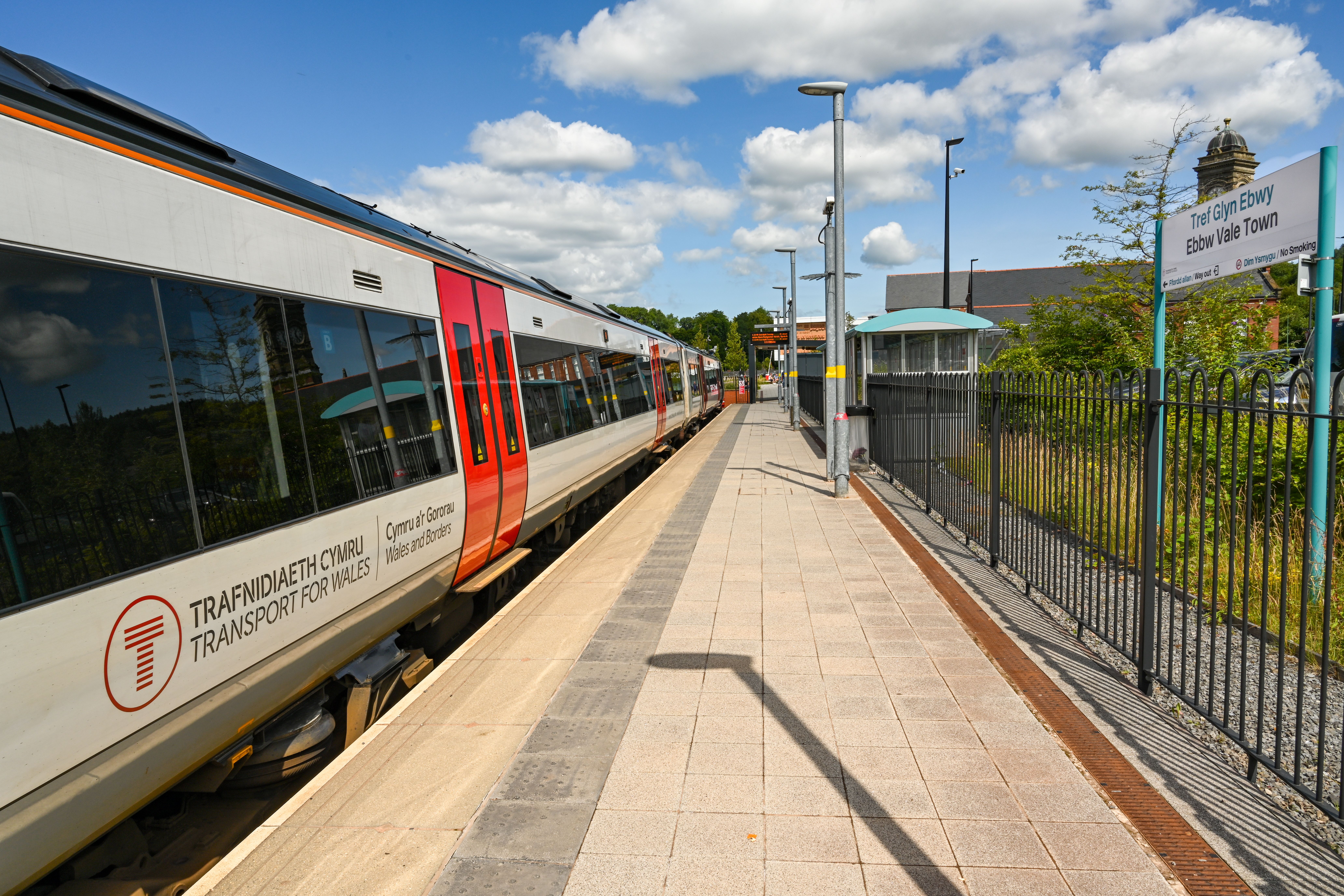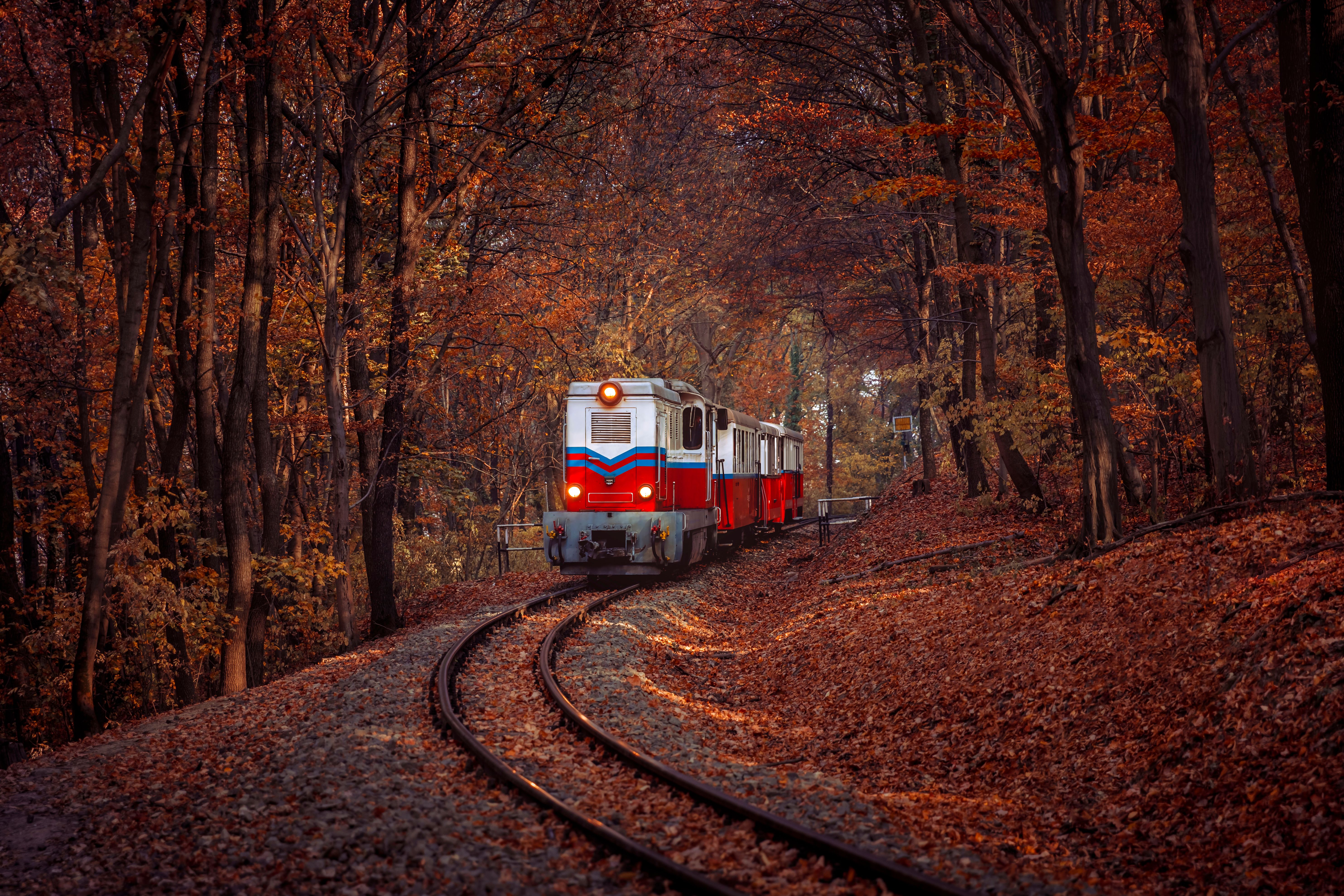A head-on collision between two passenger trains in Mid Wales just after 6 p.m. Tuesday resulted in the death of a 60-year-old man post-crash, and 15 injuries: 4 critical and 11 taken to the hospital for treatment.
The “first head-on collision in the UK this century,” as told by rail investigators, occurred between the Welsh villages of Talerddig and Llanbrynmair. One train was traveling at a speed of 15 mph when it collided with a stationary train on the Cambrian line tracks.
Related
These Small Towns In Wales Are Beautiful, Cozy, & Filled With Plenty Of Adventures
These towns combine natural scenery with plenty of adventures to give visitors an unforgettable vacation.
It’s Been 33 Years Since Wales’ Last Rail Crash, Which Was Not A Head-On Collision
Passenger train alongside the platform at Ebbw Vale town station in Wales
According to historical records, there has not been a train accident in Wales since 1991, indeed making yesterday’s rail crash the first “head-on” collision of this century in the UK. That train service was running between England and Wales; the accident occurring in the Severn Tunnel.
Since then, Wales has had a solid reputation for the safety of its train services, with no accidents taking place until yesterday.
“Rail as a mode of travel is an order of magnitude safer than some of the journeys we take on the highways,” said Transport for Wales chief operations officer Jan Chaudhry-Van Der Velde. “We have one of the safest railways in Europe”.

Related
Train Derailment in Madrid, Spain Triggers Cancellations and Disruptions for Commuters
A passenger-free, high-speed, commuter train derailed yesterday, Saturday, October 19th between two main train stations in Madrid, Spain
Rail Investigators Are Looking Into Several Factors as to What Caused the Accident
Train traveling through heavy wooded areas with leaves on tracks
Rail investigators are looking into several factors as to what caused the collision. Investigators quickly pointed out that the rail line between the two Welsh villages is in a heavily wooded area, with this time of year bringing an abundance of leaves falling to the ground below. If the leaves are not cleared away as they should be, in essence, they mimic “black ice” on the tracks. The other being a system malfunction with a new “digital system” in place.
The Rail Accident Investigation Branch (RAIB) said initial inspection of the track “found evidence that wheel-rail adhesion was relatively low, suggesting that the train may have entered into wheel slide when braking” and that would “be an area of ongoing investigation”.
Witnesses who made their way to the accident site were left in a “state of shock,” upon viewing the scene: numerous ambulances, an air ambulance, and two coastguard helicopters had arrived, rescuing passengers on the commuting train swiftly.
One passenger recounted in a BBC video interview that the impact was so forceful that his body slammed into a table, bumping the leg of the table and causing it to rip out from the floor it had been bolted onto. The passenger wound up on the floor thankfully uninjured but quite shocked when he realized what had happened.


